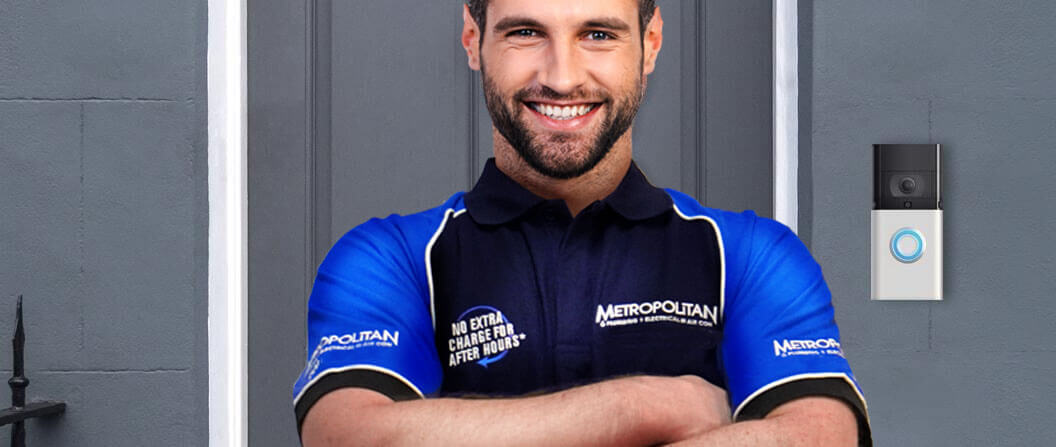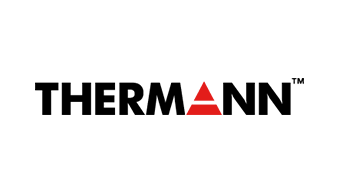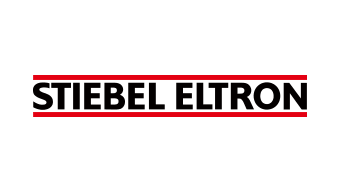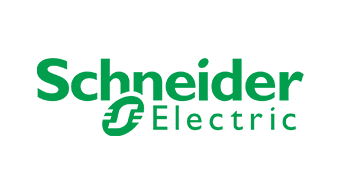
The Definitive Smoke Alarms Guide
The thought of waking up to find your home burning around you is frightening enough to convince most people to install smoke alarms.
Homes with working smoke alarms are much less likely to result in preventable house fire fatalities. This reason alone explains why we need them.
While a single working smoke alarm is certainly a good start, it’s also the bare minimum level of protection. Installing multiple interconnected smoke alarms is by far the way to go. But with new technology and a variety of hardwired and battery-powered alarms on the market, the installation process is perhaps not quite as simple as it once was.
We’re going to break down everything you need to know about smoke alarms so you can keep your family safe.
Why Do We Need a Working Smoke Alarm?
According to insurance provider QBE, there is an average of 52 fire-related deaths in Australian homes each year. Emergency service statistics suggest that 43% of those fatalities occur when people are sleeping or resting and their sense of smell is perhaps not at its peak.
Smoke alarm installation can reduce the likelihood of fatality by half. By detecting smoke and alerting the occupants of the home of its presence, working smoke alarms are the most effective way of preventing these deaths.
What Are The Laws Across Australia?
Australia’s National Construction Code requires that all homes built and renovated since 1997 have mains-powered smoke alarms with battery backup installed. Beyond this law, each state has its own requirements:
- ACT: All homes built or renovated since 1997 must have at least one smoke alarm. That alarm must be mains-powered and preferably photoelectric.
- NSW: At least one alarm per level/apartment; mains-powered and interconnected recommended.
- NT: At least one mains-powered photoelectric alarm or has a 10-year battery.
- QLD: Interconnected photoelectric smoke alarms that are mains-powered or have a 10-year battery (as of 2017); homeowners must replace any existing smoke alarms once they reach 10 years old.
- SA: At least one alarm per home that is mains-powered or has a 10-year battery; new homes and extensions require all the alarms to be interconnected.
- TAS: At least one per home; mains-powered or 10-year battery-operated.
- VIC: At least one alarm per home; photoelectric recommended.
- WA: At least one alarm that is mains-powered; 10-year lithium battery powered only allowed when mains-power is not possible.
These state-by-state laws and regulations go a long way to preventing residential house fires and serious injury. Or worse.

How Do Smoke Alarms Work?
Smoke alarms come in several different types and they all work differently. Most smoke alarms in Australian homes are typically one of two main types – ionisation or photoelectric – with many states moving more towards one than the other.
Types of Smoke Alarms
Are all smoke alarms the same? No, they’re not. Let’s take a look at how they differ:
Ionisation Smoke Alarms
Ionisation smoke alarms respond quickly to fast flaming fires. They feature two ionisation chambers and a small amount of radioactive material that produces a current between positively and negatively charged plates. One chamber is open to the air, while the other is enclosed as a control.
When a fire starts and smoke enters the open chamber, ionised air particles attach to smoke particles and disrupt the current between the plates. This disruption causes a difference between the two chambers which triggers the alarm.
Photoelectric Smoke Alarms
Photoelectric smoke alarms are better for detecting smouldering fires with dense smoke. Also known as red smoke alarms or optical smoke detectors, they use a light beam and a photoelectric sensor to detect smoke. When smoke enters the chamber and scatters the light, it either reduces the light reaching a sensor or redirects light towards a sensor, triggering the alarm.
Dual Sensor Detectors
Dual-sensor smoke detectors combine the ionisation and photoelectric methods of smoke detection. Essentially you get the best of both worlds.
Heat Detectors
Rather than detecting the presence of smoke to alert you to a fire, heat detectors use temperature.
When there is a fire, the heat rises to the alarm fixed to your ceiling. A heat detector contains a thermistor that detects temperature changes and triggers an alarm when it goes above a set temperature. A lightproof chamber encloses the thermistor to stop light from affecting the temperature reading.
What Type of Smoke Detector is Best?
Most fire authorities across Australia recommend photoelectric smoke alarms. They have the quickest response time to smouldering, smoky fires and will also serve you well in the event of a flaming fire. Despite ionisation alarms being better for flame fires, they are inadequate for detecting smouldering fires.
Regulations across most states recommend photoelectric alarms as well. That being said, photoelectric alarms require regular cleaning to work properly.
If you want to double down on your fire detection, consider dual sensor alarms for your home.
We recommend not using heat detectors by themselves. However, they could be useful for rooms prone to smoke such as the kitchen or garage.
Where Should I Place Smoke Alarms?
Each Australian state has a building code with different smoke alarm requirements, but the placement is generally the same.
At a minimum, you should place smoke alarms in the hallway or corridor connected to bedrooms. For levels that don’t have bedrooms, place at least one in the most likely path of travel to evacuate the building.
Smoke and steam are common in kitchens and bathrooms so you should avoid installing dual-sensor or ionisation smoke alarms in these rooms. Steam can also set off a smoke alarm. Otherwise, nuisance alarms might be a common occurrence. If you do need a smoke alarm in the kitchen, however, always choose one with a hush button. The hush button silences nuisance alarms and lets you get your cooking back on track in peace and quiet.
The centre of your ceiling is the best position for your smoke alarm. For cathedral ceilings, you can position an alarm 500 – 1500 mm from the apex. Alternatively, you can install the alarm on your wall 300 – 500 mm below the ceiling.
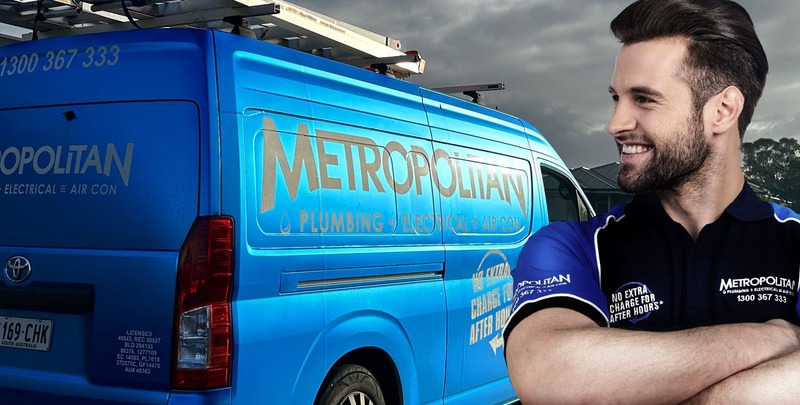
How Often Do I Need to Change My Smoke Alarm?
Here at Metropolitan Electrical Contractors, we recommend you test your smoke alarm every month to ensure it still works. Most alarms have a test button for this very purpose. Every 6 months you should clean it with your vacuum cleaner to ensure no dust or build-up affects its sensitivity.
For 9v battery-operated wireless alarms, we recommend replacing the smoke alarm batteries annually. Finally, you should replace your smoke alarm every 10 years. Like most things, your smoke alarm will deteriorate with age. An old alarm is less sensitive to what triggers it. This sensitivity could mean the difference between escaping a fire or not.
What is the Difference Between a Smoke Detector and Smoke Alarm?
Most of us likely use the terms smoke alarm and smoke detector interchangeably. As though they are one and the same. As it happens, they are actually different devices.
A smoke alarm is a standalone unit that both detects smoke and alerts occupants in a single device. It can sound an audible alarm, flash strobe lights, or use a combination of both to signal danger immediately. Smoke alarms are common in homes because they don’t require additional equipment to operate.
On the other hand, a smoke detector is typically part of a larger system found in commercial buildings or interconnected home systems. These detectors sense smoke and then send a signal to a central alarm system, which activates alerts throughout the building.
Get Qualified Advice and Installation From Metropolitan Electrical Contractors
In Australia, installing hardwired interconnected smoke alarms requires a licensed electrician. Contact Metropolitan Electrical Contractors to learn which type of smoke alarm best suits your home’s needs.
Please note: This information is provided for advice purposes only. Regulations differ from state to state, so please consult your local authorities or an industry professional before proceeding with any work. See our Terms & Conditions here.
Published: 2024-10-30
